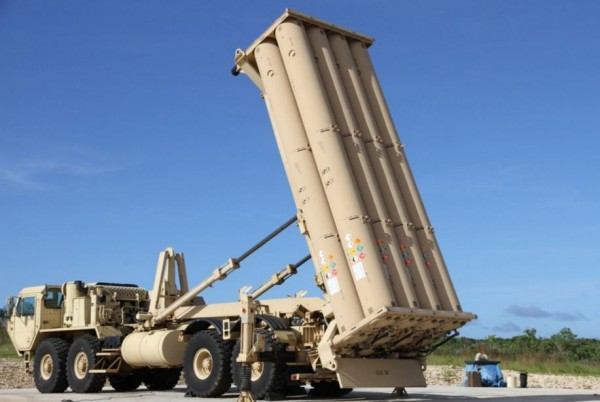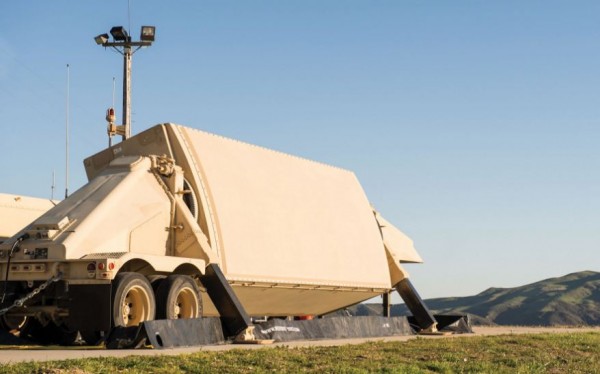China again took another new tack in its pointless attempt to prevent South Korea deploying the THAAD missile system to its shores in May by saying it will take "unspecified" but nebulous measures against South Korea in revenge.
It was joined in this latest effort by Putin's Russia. Both countries made the exact same threat in August 2016 and have taken no action to enforce their earlier threat.
In August 2016, the People's Daily (the official newspaper of the Communist Party of China) harshly criticized the planned deployment of THAAD, warning that China and Russia would be forced to take "unexpected" but justified "countermeasures that the U.S. and South Korea cannot afford."
The South Korean government approved the THAAD deployment in August.
This time, Xi Jinping and Putin urge South Korea and the United States to consider where the escalation in tensions will lead and exercise restraint.
And, as a sop to world opinion, both authoritarians also reaffirmed their commitment to a nuclear-free North Korea, and believe diplomacy should be the way forward.
The Russian Foreign Ministry has analyzed the situation around the Korean peninsula and concluded it exhibited "a high likelihood of becoming volatile."
It also noted "the counter-productiveness of the line being taken by certain governments (the United States) in exacerbating these tensions and instigating an arms race in the subregion, as well as the increase in the scale of military drills (also the United States)."
China's and Russia's concerns, however, have nothing to do with protecting the peace. It's about protecting Xi and Putin's hold on power.
The detection abilities of THAAD's radar will allow the U.S. to spy on Russian and Chinese ballistic and aerodynamic targets up to 1,500 kilometers away from Seongju, the city south of Seoul where the first THAAD battery will be deployed in May.
From South Korea, the Americans can peer into the Russian territory and China's, as well, said the Russians.
The radar used by a THAAD battery is the X-band AN/TPY-2. This has two configurations: a Terminal Mode with a range of 600 km and a Forward-Based Mode whose exact range remains secret but might be anywhere from 1,500 km to 3,000 km, according to experts
An appropriate response to THAAD (Terminal High Altitude Area Defense) "could be the creation of a unified system of Russia and China, a sort of missile defense system," said military expert and Deputy Director of Institute of CIS countries, Vladimir Yevseyev.
China, North Korea's main ally and benefactor, continues to claim THAAD will destabilize the regional security balance without achieving anything to end North Korea's nuclear program.
"The Chinese side will consider taking necessary steps to maintain national strategic security and regional strategic balance," warned China's Ministry of National Defense in June 2016.
That warning has apparently led to today's decision by Russia and China to seriously consider building a joint missile defense system to counter THAAD's electronic espionage.
Yevseyev, however, revealed the Russians and Chinese have jointly held anti-missile drills using computer modeling even before the decision to deploy THAAD to South Korea was announced. He said the next step for Russia and China after the formal decision to set up a joint defense system will be to acquire hands-on experience of intercepting ballistic targets in joint exercises.
This experience might be derived at the Russia's Ashuluk surface-to-air missile station in the Astrakhan Region. Ashuluk is a training facility for anti-aircraft missile and radiotechnical troops.



